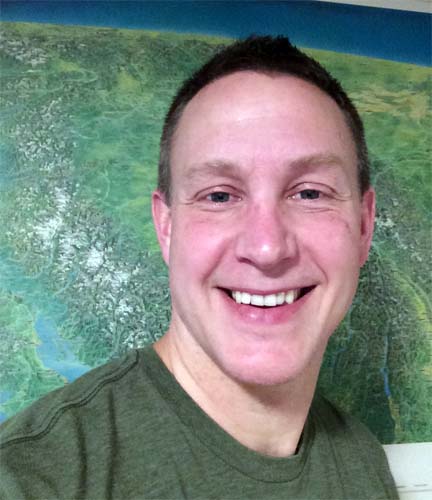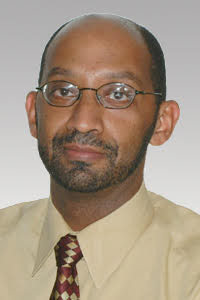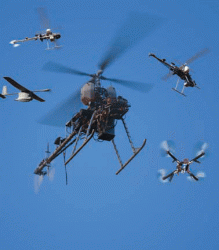
This webinar was presented on Thursday, April 7, 2016, as Inside GNSS continued its series of web seminars focusing on the rapidly expanding field unmanned aerial vehicles (UAVs) in a webinar sponsored by Applanix Corporation.
The recent adoption of UAVs for airborne mapping applications promises to greatly reduce the cost and complexity of collecting geospatial data and images for a broad range of applications.
This webinar was presented on Thursday, April 7, 2016, as Inside GNSS continued its series of web seminars focusing on the rapidly expanding field unmanned aerial vehicles (UAVs) in a webinar sponsored by Applanix Corporation.
The recent adoption of UAVs for airborne mapping applications promises to greatly reduce the cost and complexity of collecting geospatial data and images for a broad range of applications.
In this 90-minute webinar, our panelists discussed the underlying concepts of georeferencing of UAV data using different methods and with practical examples from real-world UAV projects, a new UAV-based system for hyperspectral imaging, and direct georeferencing techniques using a multirotor UAV platform.
Our panelists were Trond Løke, chief technology officer for Norsk Elektro Optikk AS a Norwegian developer of high-end hyperspectral imaging systems for lab, field, and airborne applications; Mike Hogan, business development manager for Avyon, a North American–based company that provides professional unmanned aerial systems (USA) for industrial applications; and Dr. Mohamed MR Mostafa, a Canadian company that provides geospatial engineering and construction engineering services.
Our moderator was Demoz Gebre-Egziabher, professor of aerospace engineering and mechanics at the University of Minnesota-Twin Cities, USA.
This webinar has already taken place. You may download a PDF of the webinar slides here:
You may view a recorded version of the webinar presentation at
the link below. (If you have not registered yet, you will need to do so
in order to view the recording.)
View recorded version of the webinar presentation
If you have not registered, you may register here now for free on-demand viewing.
Register now for on-demand viewing
Panelists

Mike Hogan, business development manager for Avyon, a North American based company that provides professional unmanned aerial systems for industrial applications. Prior to joining Avyon, he was a member of the Royal Canadian Air Force (RCAF) for 22 years where he was employed as an airfield, geomatics, and intelligence officer. He received his Bachelor of Engineering (Civil) degree from the Royal Military College of Canada and Master of Engineering (geodesy and geomatics) from the University of New Brunswick.

Trond Løke holds a Master of Technology in the field of photonics and a Master’s thesis in hyperspectral imaging from the Norwegian University of Science and Technology (NTNU). He started working at Norsk Elektro Optikk AS (NEO) as a research scientist in 2003, later became senior research scientist, and is currently the chief technology officer of the hyperspectral group. At NEO he has worked continuously with all aspects of hyperspectral imaging systems development (optics, electronics, software, simulations, calibration, and applications) all the way from concept studies through prototypes to products.

Mohamed M.R. Mostafa, president & chief technology officer of Navmatica Corporation, has 17 years of industry experience in the field of Geomatics Engineering. He served as the vice-president of the ISPRS Commission I on Sensors and Platforms (2008-2012). Additionally, Dr. Mostafa served as the chair of the American Society of Photogrammetry and Remote Sensing direct Georeferencing Committee from 2001 to 2010. He received M.Sc. and Ph.D. degrees in geomatics engineering from The University of Calgary, Alberta, Canada.
Moderator

Demoz Gebre-Egziabher is an associate professor of aerospace engineering and mechanics at University of Minnesota-Twin Cities, USA. His research deals with the design of multi-sensor navigation and attitude determination systems for aerospace vehicles. Recently his work has focused on multi-sensor solutions for operations in GNSS-stressed and -denied environments.





